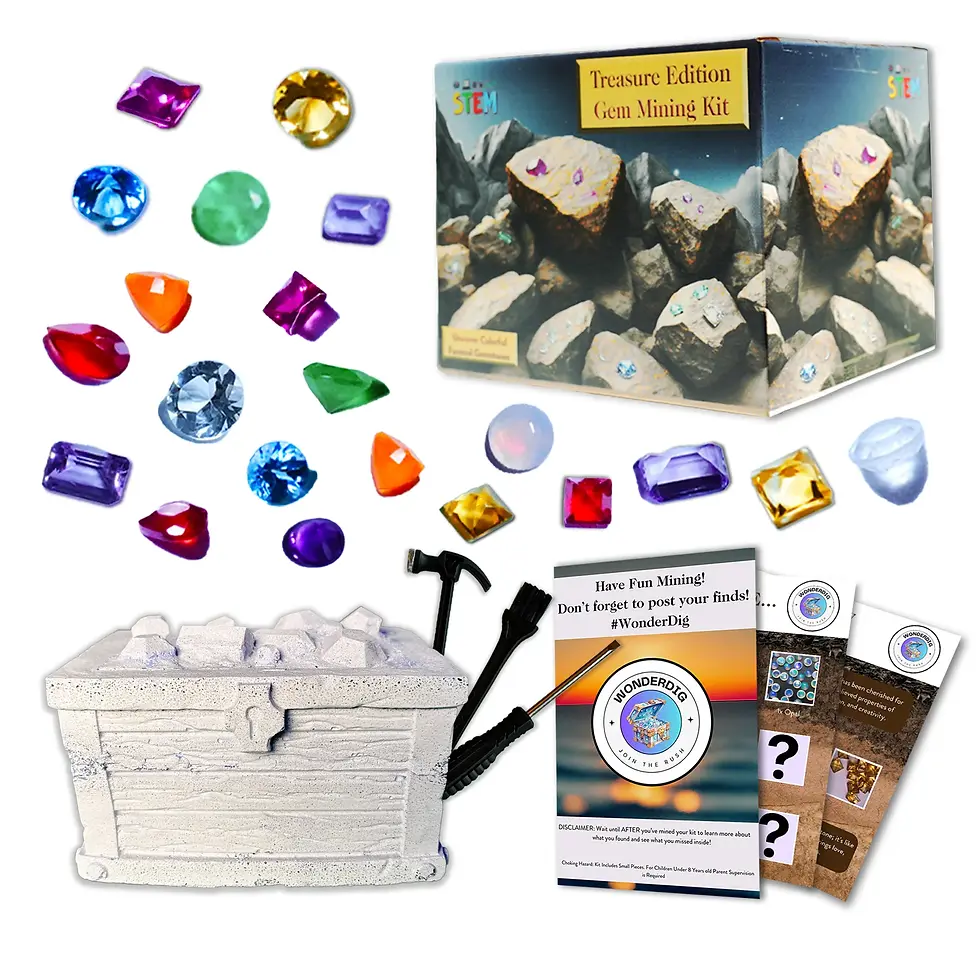Quartz Specimens: Understanding Their Varieties and Collecting Tips
Quartz is one of the most abundant and versatile minerals on Earth. From beautifully clear crystals to the striking hues of amethyst and citrine, quartz specimens come in a wide array of forms and colors, making them popular among collectors and mineral enthusiasts. In this guide, we’ll explore the different varieties of quartz, what makes each unique, and how you can start collecting quartz specimens for your own collection.
Popular Quartz Specimens:
Quartz comes in many varieties, including clear rock crystal, amethyst, citrine, smoky quartz, and rose quartz. Each variety has distinct colors, formations, and crystal habits, making quartz one of the most diverse minerals to collect.

1. Rock Crystal (Clear Quartz)
Why It’s Special: Clear quartz, also known as rock crystal, is one of the purest forms of quartz, typically colorless and transparent. It is often found in hexagonal prisms and is prized for its clarity and the variety of crystal shapes it can form.
Collector’s Tip: Arkansas is a famous source for high-quality clear quartz crystals. Paid digs at locations like Mount Ida allow enthusiasts to dig for their own specimens.
2. Amethyst
Why It’s Special: Amethyst is the purple variety of quartz, with its color ranging from pale lavender to deep violet. Amethyst crystals are highly prized for their beauty and their occurrence in geodes, often found in Brazil and Uruguay.
Collector’s Tip: Geodes containing amethyst can sometimes reach several meters tall, making them highly sought after by collectors and museums alike.

3. Citrine
Why It’s Special: Citrine is the yellow-to-orange variety of quartz, named for its citrus-like color. True natural citrine is rare, and much of the citrine on the market is heat-treated amethyst.
Collector’s Tip: Be cautious when buying citrine, as many stones are artificially treated to achieve their golden color.
4. Smoky Quartz
Why It’s Special: Smoky quartz ranges from light gray to deep brown and even nearly black. Its color comes from natural radiation exposure during its formation, making it an interesting geological specimen. Collector’s Tip: Smoky quartz can often be found near volcanic areas, and large specimens weighing several tons have been discovered worldwide.

5. Rose Quartz
Why It’s Special: Known for its soft pink hue, rose quartz owes its color to trace amounts of titanium, iron, or manganese. It is typically found in massive formations rather than well-formed crystals.
Collector’s Tip: Rose quartz is commonly used in jewelry and decorative objects due to its gentle color and affordability.
Quartz is a highly versatile and collectible mineral, with varieties that range from clear, colorless crystals to vibrant purple amethyst and rich smoky quartz. Whether you're an experienced collector or just starting out, there’s a quartz specimen out there to fit your interests. By understanding the unique properties of each variety, you’ll be well on your way to building an impressive quartz collection.


















Commentaires